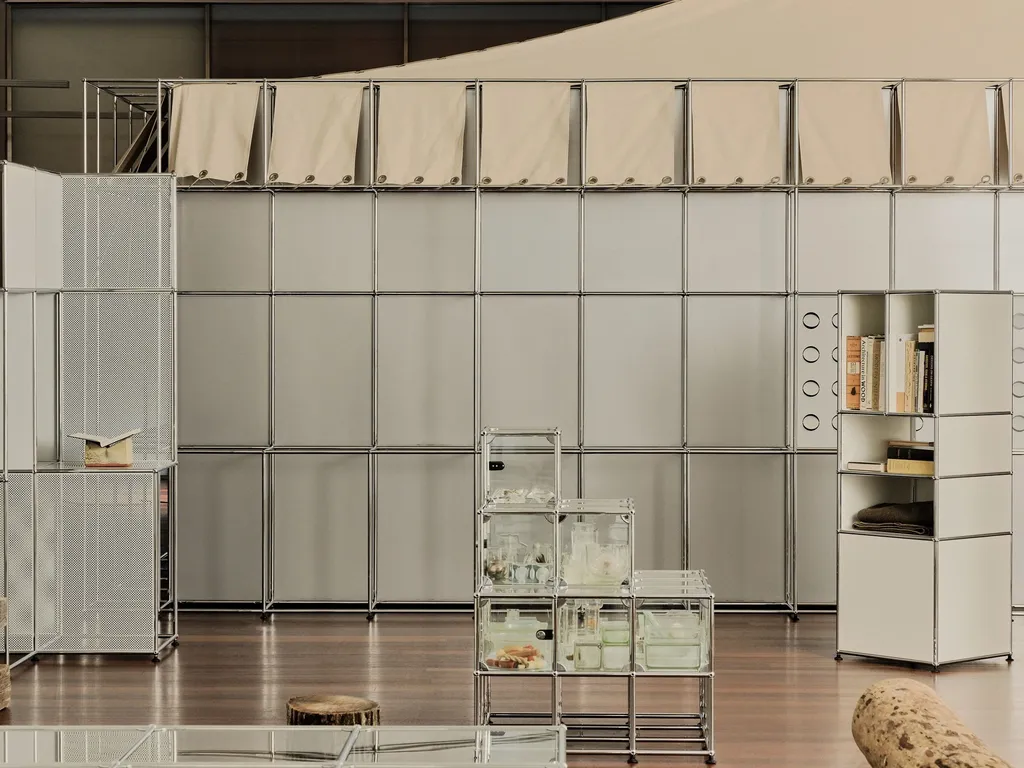In the heart of China’s rich cultural heritage lies a concept that has long evaded precise definition and application in modern design: “Yijing,” or “意境” in Chinese, which roughly translates to “emotional resonance” or “aesthetic realm.” This abstract idea, deeply rooted in traditional aesthetics and philosophy, has been brought into sharper focus by a groundbreaking study led by Juanjuan Jiang of Universiti Sains Malaysia. Published in the *Journal of Asian Architecture and Building Engineering* (known in English as the *Journal of Asian Architecture and Building Engineering*), Jiang’s research offers a structured approach to understanding how physical environments influence emotional atmospheres and, consequently, our sense of place identity.
Jiang’s study introduces a three-tier model—”wujing-qingjing-yijing” (physical realm, emotional realm, and meaningful realm)—to dissect the intricate relationships between tangible environmental factors and intangible emotional and cultural experiences. “We wanted to bridge the gap between the abstract nature of Yijing and its practical application in modern environments,” Jiang explains. “By quantifying these relationships, we can provide a more tangible framework for architects, urban planners, and designers.”
The research zeroed in on Yuelu Academy, a historic site in China, using a combination of questionnaire surveys and Partial Least Squares Structural Equation Modeling (PLS-SEM) to analyze the data. The findings revealed that the emotional atmosphere acts as a crucial mediator between the physical environment and place identity. Specifically, layout and symbols were found to have a significant impact on the emotional atmosphere, while lighting had a relatively weaker effect. “This suggests that while lighting is important, it’s the overall layout and symbolic elements that truly resonate with people and create a sense of place,” Jiang notes.
The implications of this research are far-reaching, particularly for the energy sector. As buildings become more energy-efficient and sustainable, the emotional and cultural aspects of design are often overlooked. Jiang’s study highlights the importance of integrating these elements into modern architecture and urban planning. “By understanding how physical environments influence our emotions and sense of identity, we can create spaces that are not only energy-efficient but also emotionally resonant and culturally significant,” Jiang says.
This research offers a new perspective on the quantification and structuring of the “Yijing” theory, expanding academic exploration in environmental psychology and cultural identity. It provides empirical support for the restoration of traditional architecture and modern environmental design, paving the way for future developments that harmonize cultural heritage with contemporary needs. As the world continues to grapple with the challenges of urbanization and sustainability, Jiang’s work serves as a reminder that the emotional and cultural dimensions of design are just as important as the physical ones.

